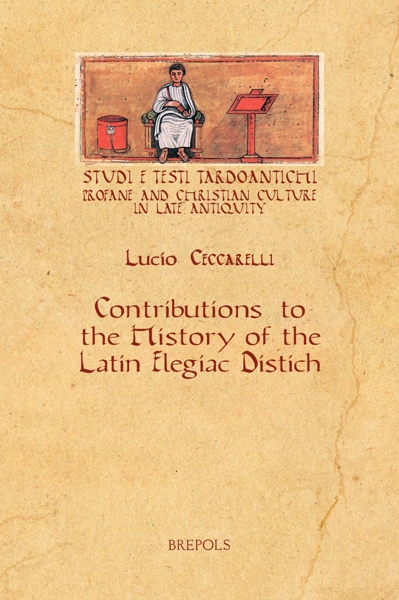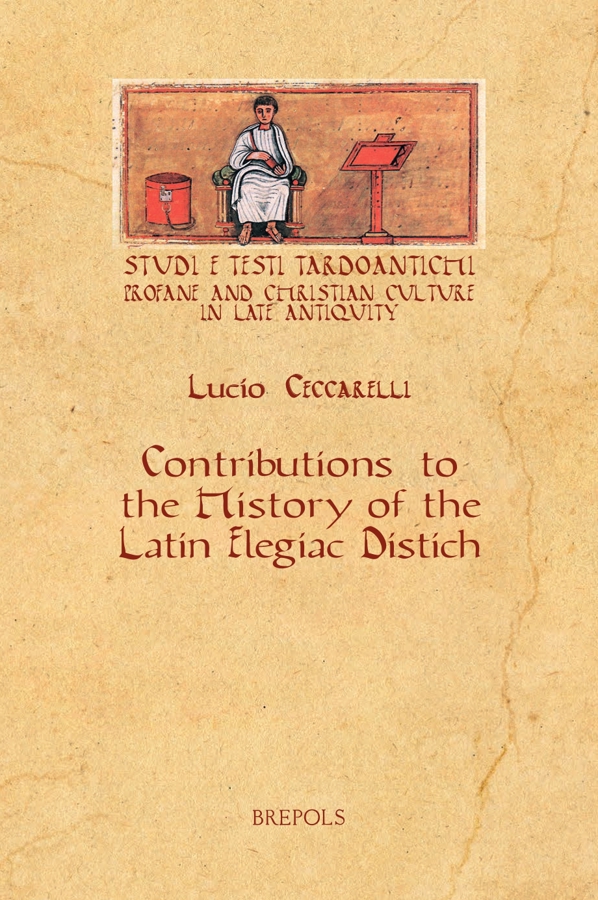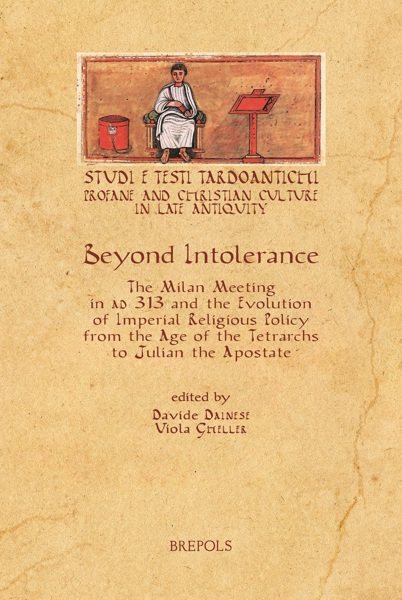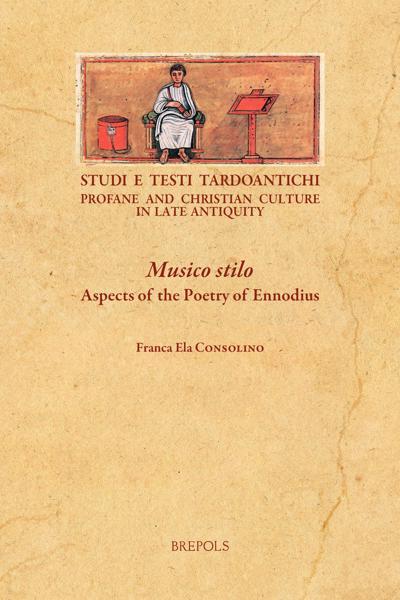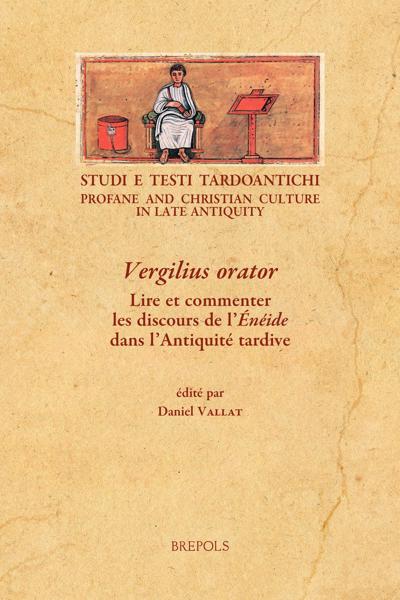
Contributions to the History of the Latin Elegiac Distich
Lucio Ceccarelli
- Pages: 362 p.
- Size:156 x 234 mm
- Illustrations:120 tables b/w.
- Language(s):English
- Publication Year:2018
- € 115,00 EXCL. VAT RETAIL PRICE
- ISBN: 978-2-503-57459-2
- Paperback
- Available
- € 115,00 EXCL. VAT RETAIL PRICE
- ISBN: 978-2-503-57460-8
- E-book
- Available
Elements for a ‘biography’ and ‘physiognomy’ of the elegiac distich in the Latin literary tradition
“Supported by all the raw data, these Contributions definitely provide a solid reference to foster future research and to enrich the knowledge of the history of the Latin distich.” (Dylan Bovet, in Museum Helveticum, 76/2, 2019, p. 278)
“To conclude, Ceccarelli's is a careful, detailed and valuable study. Though combining many authors writing in different literary genres and across different times and contexts, the author offers a broad overview both of the structure of the elegiac distich and of its evolution.” (Alfredo Encuentra Ortega, in Bryn Mawr Classical Review, 2020.01.33)
« (…) ce petit livre, parfaitement informé, un indispensable compagnon pour l’étude de l’élégie latine. » (Bruno Bureau, dans Vita Latina, MMXX/200, 2020, p. 213)
Lucio Ceccarelli is Professor of Latin Literature at the University of L’Aquila. His research focuses mainly on Latin poetic meter. He is the author of a monograph on the Latin hexameter (Roma, 2008) and of several articles on archaic and classical Latin meter.
The elegiac distich was introduced in Rome by Quintus Ennius, in the first half of the 2nd century BC. It became the standard meter of epigram and elegy, its life extending over a very long period, from archaic Latinity to late antiquity (and beyond, to the Middle Ages and the early modern period). This volume provides scholars with a collection of (in good part previously unpublished) first-hand analyses of the elegiac distich, based on the scansion of nearly all Latin poetry in this meter, from Catullus to Venantius Fortunatus. As such, it reconstructs the evolution of the Latin elegiac distich in the first seven hundred years of its history, and it sheds new light on the metrical style of almost all Latin poets who composed verses in it during the period under consideration.
Part I: The Latin Elegiac Distich from Catullus to Martial
Chapter 1: The realisation of the metrical scheme in the classical elegiac distich
1. The hexameter in the classical elegiac distich
2. The pentameter in the classical elegiac distich
3. The realisation of the metrical scheme of the classical elegiac distich. Summarising conclusions
Chapter 2: The line-breaks of the classical elegiac hexameter
1. The line-breaks in the third foot of the classical hexameter
2. The line-breaks in the fourth foot of the classical elegiac hexameter
Chapter 3: The verbal metre of the classical elegiac distich
1. The clausula of the classical elegiac hexameter
2. The clausula of the classical pentameter
3. The verbal metre of the second hemistich of the classical pentameter
4. Iambic words before diaeresis in the classical Latin pentameter
Chapter 4: Synaloepha in the classical elegiac distich
Chapter 5: The elegiac distich in the classical period. Summarising conclusions
Chapter 6: Elegiac hexameter and hexameter kata stichon. The classical period
Part II: The late antique Latin elegiac distich
Chapter 1: The late antique elegiac distich. Preliminary considerations
Chapter 2: The realisation of the metrical scheme of the late antique elegiac distich
1. The late antique elegiac hexameter
2. The late antique pentameter
Chapter 3: The line-breaks in the late antique elegiac hexameter
1. The line-breaks in the third foot of the late antique elegiac hexameter
2. The line-breaks in the fourth foot of the late antique elegiac hexameter
Chapter 4: The verbal metre of the late antique elegiac distich
1. The clausula of the late antique elegiac hexameter
2. The clausula of the late antique pentameter
3. The verbal metre of the second hemistich of the late antique pentameter
4. Iambic words before diaeresis of the late antique pentameter
Chapter 5: Synaloepha in the late antique elegiac distich
Chapter 6: Hexameter kata stichon and elegiac hexameter in the late antique period
Chapter 7: The late antique elegiac distich. Conclusions
Final considerations
Bibliography
Tables
Index of tables
